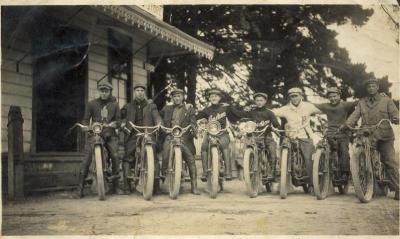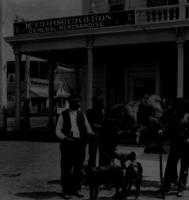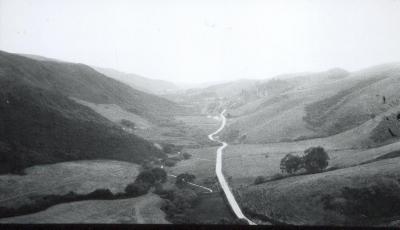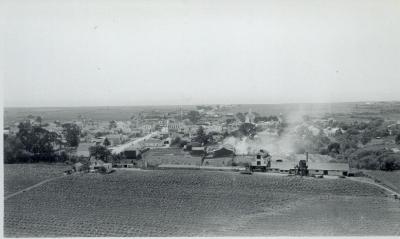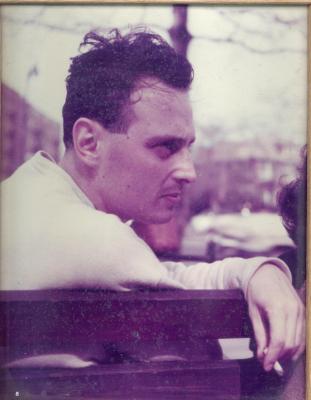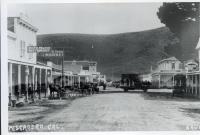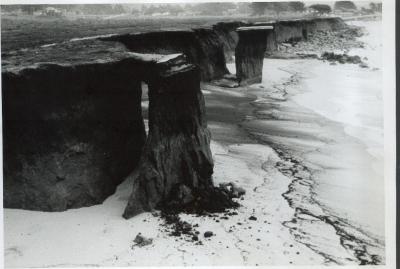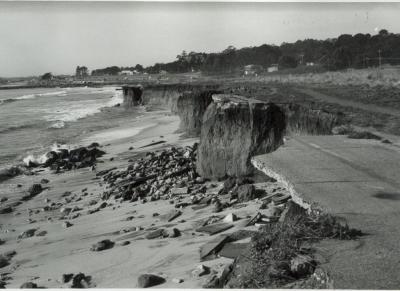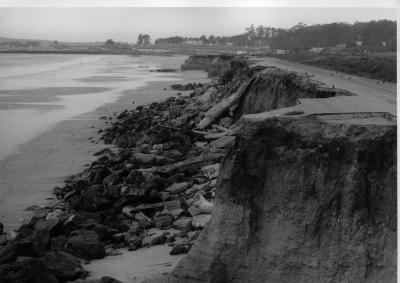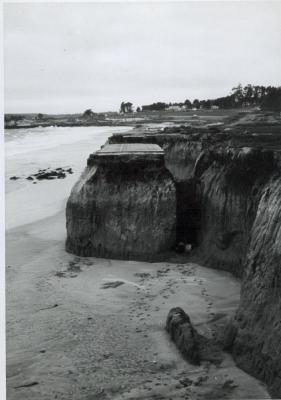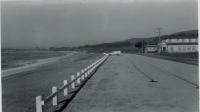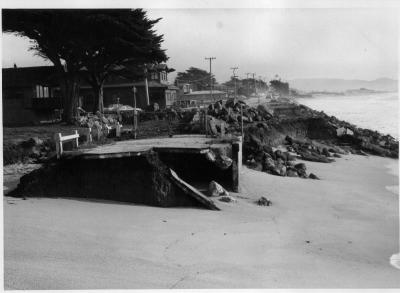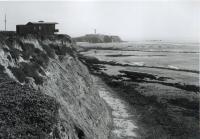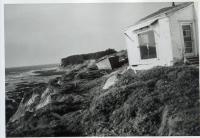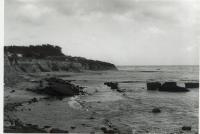Kid Zug: Part II
While many Pescaderans must have been intimidated by Kid Zugâs battered-looking face–âHappyâ? Frey, whose constable father Herman owned the Elkhorn Saloon on San Gregorio Street– took one look at Zug and boasted to one and all that he could knock him out flat.
Happyâs exuberance could be attributed to his youth, or was it the alcohol content of his favorite beverages?
Unfortunately, his boxing experience was limited to fist fights with the local town toughs. Nevertheless, Happy remained confident, knowing that Kid Zug was probably close to 60 years old.
Happyâs boasting soon reached the Kidâs ears at the Swanton House where Zug was rooming. In its glory days the Swanton had been the centerpiece of the resort town, but by 1918 it had become a crummy, rundown hotel.
Kid Zug was not about to leave Happyâs arrogant claims unchallenged. The confrontation was unavailable and word of their contest quickly spread about town.
The Kid may have seemed too old to fight, but his credentials as a boxer were much discussed. He was a 135-pound lightweight, a former sailor turned professional pugilist. His early skills were honed in the violent back rooms of saloons on the East Coast. His face revealed the scars of many tough battlesâin and out of the ringâand it could very well be that the Pescaderans had never seen a professional boxer before.
Those included to support Happy Frey felt that the Kid was long past his prime, down on his luck, in bad shape, and that liquor had gotten the best of him. They pointed out his slurred speech, the result of repeated beatings. They said he was a âlittle wacky from getting hit in the head.â? Yet Zugâs ability to intimidate was not impaired. With merely a glance he could wither nearly anybody he encountered and that was exactly why he had been hired.
Happy Frey was a pure Pescaderan. His father, Herman, was the local constable as well as the owner of the Elkhorn Saloon. His mother, Lizzie McCormick Frey, was the lady bartender with the trademark deep voice.
And her father, John McCormick, had at one time owned the renowned Pescadero House, Swanton House and the townâs general store.
To the folks who were running Pescadero, the fight was an event sent from heaven. Booze would flow and cash registers rings. The customers would bet on the fight and have dollars in their pocket.
Arrangements were quickly drawn up, and construction of the outdoor boxing ring began at the southern end of what was then called San Gregorio Street, near the townâs landmark flagpole.
To be continued….
The Old Road to Half Moon Bay
My Burt
The Man Who Called Himself “Kid Zug”: Part I
(Note: The true story of âKid Zugâ? was stitched together, using old newspapers to pick out a description here, another thereâuntil I gathered enough pieces for a word picture).
âKid Zugâ?: Part I
In 1918 workmen hurriedly erected an outdoor prize fight ring on the saloon-fronted San Gregorio Street in Pescaderoâand everybody buzzed about the upcoming boxing match between the newly arrived âKid Zugâ? and his local opponent, âHappyâ? Frey.
In California boxing was illegalâso was gamblingâand had it been any place other than Pescadero, the authorities would have clamped down. But this was Pescaderoâwest of the magnificent redwood forest on San Mateo Countyâs remote South Coastâand outsiders didnât care (or know) what was going on there.
The village of Pescadero was about 70 years old in 1918âbut it was local lore that you could tell what was fashionable by the contents of the cargo salvaged from the last shipwreck.
In the 1890s, for example, horse-and-buggy tourists were surprised to see every single house in town with a fresh coat of white paint. They learned that the Pescaderans had been the beneficiaries of a bonanza in the form of tons of paint salvaged from the shipwrecked vessel Colombia.
A quarter century later it was more likely that the villagers would be salvaging cases of illegal liquor from the unlucky bootlegging fishing trawlers that had crashed into the dark rocky reefs on moonless nights.
Newcomers to the Coastside village, particularly those with the ârightâ? connections, quickly discovered that slot machines and card games were found in a two=story house at a curve on the lonely road leading east into the redwoods.
Even more fascinating were the rumors that certain county officials were regularly in attendance, playing the one-armed bandits.
Among the intriguing newcomers was a ruddy, scar-faced ex=pugilist who called himself âKid Zugâ?.
He was seen paling around with the owner of the gambling joint. Although âthe Kidâ? explained his presence in town by saying he was a house painter, he was never seen holding a paintbrush. He was much more often seen tipping back a glass of beer at one of the four saloonsâand he never ceased menacing those around them.
It didnât take long for the locals to learn the truth: Kid Zug was really in town to act as a strong-arm enforcer.
To be continuedâ¦.

